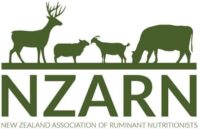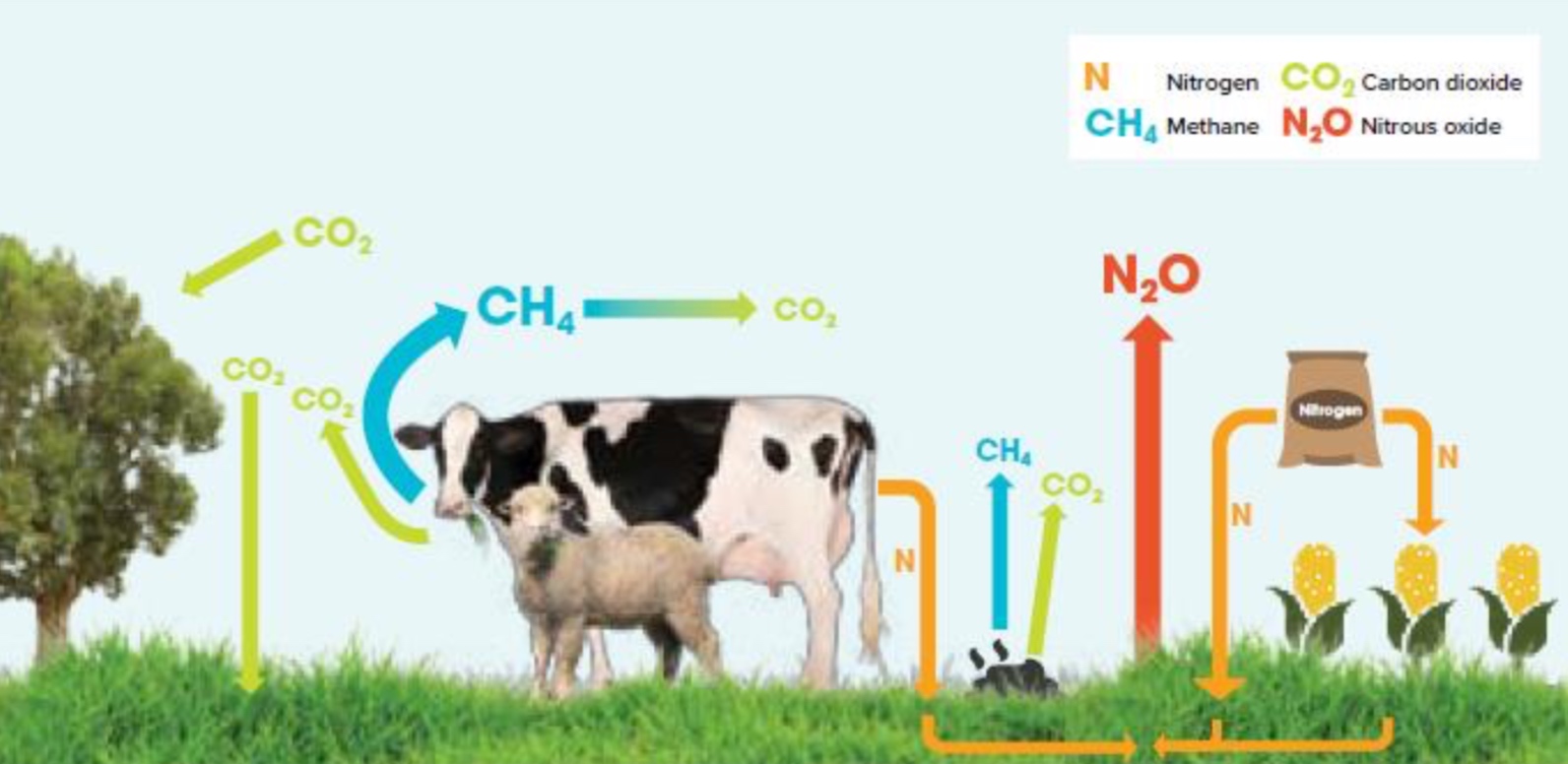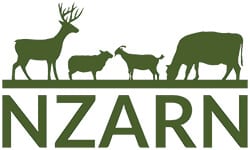NZ has committed to reducing its greenhouse gas emissions (GHG). This is due to NZ’s commitment to the Paris agreement. The target is a reduction in GHG by 30% below 2005 levels by 2030.
Companies such as Danone, are moving more quickly than governments with more aggressive targets to reduce GHG reductions.
NZ is unique compared to other developed countries as a higher percentage of our GHG emissions come from agriculture (48% vs. 11%). GHG from NZ agriculture is predominantly methane (CH4 – 74%) and nitrous oxide (N2O – 17%) from livestock. GHG emissions from livestock has increased by 13.5% between 1990 and 2017, with most of that increase coming from increases in dairy cow numbers.
The unit of measure for analysing emissions is important – total emissions vs. emissions per unit of product. While total emissions have increased by 13.5%, the emissions per unit of product have decreased by 20%. The targets in NZ are based on absolute emissions.
Going forward, each farm will need to estimate their own GHG and apply mitigation steps that could reduce emissions by up to 10%. Methane is related to dry matter intake (21 grams of methane produced per kg of feed eaten for a forage fed animal) while nitrous oxide depends on nitrogen application via fertiliser. Mitigating technologies include genetic selection, vaccine, CH4 inhibitors, nitrification inhibitors.
Polices to reduce GHG emissions are principally controlled by the Emission Trading Scheme (ETS). He Waka Eke Noa, a government / industry partnership set up in Ocotber 2019, is tasked with developing practical and cost-effective tools to measure and price emissions by 2025. The objective is to have 100% of farms with a written GHG plan by 1 January 2025.
NZARN members a full copy of the presentation is available below if you are logged in.
Non-members looking for more information are encouraged to use our ‘contact a nutritionist’ form and ‘member directory’ to find a member who can help them answer their questions.
If you are a Rural Professional interested in joining the NZARN please see our ‘membership’ section.


